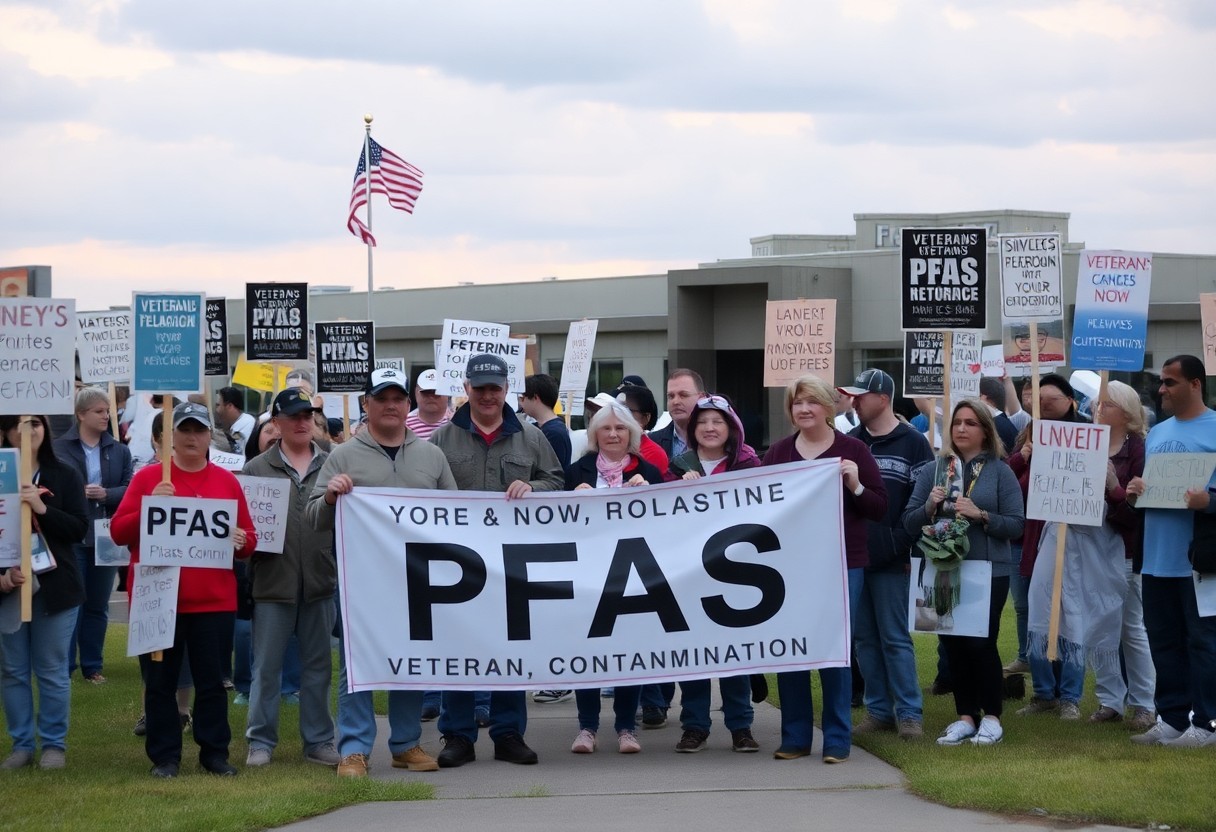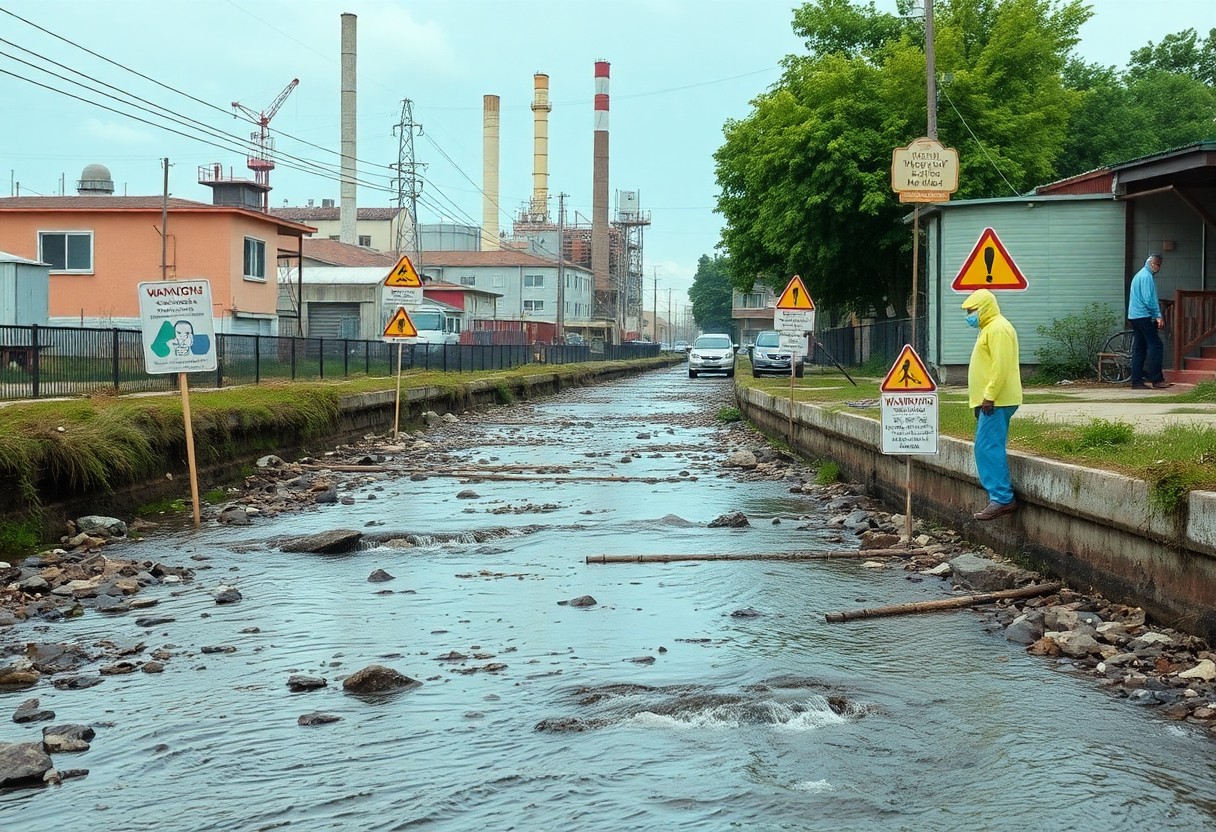Home safety is paramount, and understanding the presence of PFAS (per- and polyfluoroalkyl substances) in your environment is necessary for your family’s health. These chemicals, commonly found in non-stick cookware, water-repellent fabrics, and some food packaging, pose serious health risks. To protect yourself, you’ll want to learn how to effectively detect PFAS in your home. This guide provides you with practical steps and resources to identify these harmful substances and take the necessary actions to ensure your living space is safe.
Understanding PFAS
To effectively manage your health and safety, it’s imperative to understand what PFAS are and their potential impact on your environment. PFAS, or per- and polyfluoroalkyl substances, are a group of man-made chemicals used in various industrial and consumer products. They are known for their water-, grease-, and stain-resistant properties, but they also pose significant health risks, accumulating in the environment and living organisms, including humans.
What are PFAS?
For your knowledge, PFAS comprises thousands of synthetic chemicals that exhibit unique properties, leading to widespread use in non-stick cookware, water-repellent fabrics, and firefighting foam. Their persistence in the environment and the human body has raised serious health concerns, including links to various diseases.
Common Sources of PFAS
Understanding where PFAS might be found in your daily life can help you make safer choices. A number of common sources of PFAS include stain-resistant carpets and upholstery, non-stick cookware, food packaging materials (like microwave popcorn bags), and water-repellent clothing. Additionally, PFAS are often present in firefighting foams used at airports and military bases. Recognizing these sources can help you reduce your exposure and protect your health.
How to Detect PFAS at Home
Some homeowners may be uncertain if their water or household products contain PFAS, commonly known as “forever chemicals.” Detecting PFAS in your home is imperative for safeguarding your health. There are two primary methods: utilizing DIY testing kits or hiring professional testing services. Each approach has its advantages, allowing you to make informed decisions regarding your exposure and safety.
DIY Testing Kits
You can find various DIY testing kits available online or in stores that allow for on-site detection of PFAS. These kits usually involve collecting water samples or testing surfaces, following straightforward instructions, and mailing them back for analysis. While affordable and convenient, results may not be as comprehensive as those from professional services.
Professional Testing Services
Clearly, if you want detailed and reliable results, enlisting the help of professional testing services is your best bet. These experts will thoroughly analyze your water or soil samples using advanced methodologies, providing a more accurate picture of PFAS contamination.
It is imperative to conduct professional testing because they utilize state-of-the-art equipment and techniques to detect even minute levels of PFAS. Furthermore, these services offer a full analysis of the types and concentrations of harmful chemicals present, giving you a clearer understanding of potential health risks. Although professional services can be more expensive than DIY kits, the comprehensive data they provide can ultimately help you make better choices for your home and health.
Tips for Identifying PFAS Contamination
Assuming you want to ensure your home is safe, there are several tips for identifying potential PFAS contamination. Look for these key indicators:
- Check for stains on carpets, furniture, or clothing.
- Investigate the source of water use in your home.
- Review any product labels that contain stain repellents.
- Research local environmental reports for nearby contamination sources.
Assume that these steps can aid you in assessing your risk of PFAS exposure.
Signs of PFAS Presence
Any unusual stains or residues can be warning signs of PFAS presence. These substances often resist water and oil, causing persistent spots on surfaces. Furthermore, if you suspect your drinking water may be contaminated, it could be linked to nearby manufacturing facilities or landfills.
Monitoring Water Quality
On a practical level, monitoring your water quality is vital for ensuring your safety. Regular testing can help you identify the presence of PFAS in your drinking water. Look for certified testing labs that can provide comprehensive analysis results.
Quality water testing is vital for your home’s safety. When analyzing your water, focus on detecting PFAS levels, as these chemicals can adversely affect your health. Take samples from sources like wells or municipal supply and compare results with EPA safety standards. If contamination is found, it may require a reverse osmosis system or filtration solutions specifically designed to eliminate these problematic substances. Prioritizing water quality monitoring is vital for your health and well-being.

Factors Affecting PFAS Levels
Now, numerous factors can influence the levels of PFAS in your environment. Consider the following:
- Location
- Water Source
- Household Products
- Soil Composition
- Industrial Activities
Assume that understanding these elements will help you better assess the risk of PFAS contamination in your home and surroundings.
Location and Geography
You will find that your geographical location significantly impacts the potential exposure to PFAS. Areas near industrial sites, particularly those with a history of using these chemicals, are likely to have higher levels. Additionally, regions where groundwater is heavily relied upon may face contamination due to runoff from surrounding activities.
Household Products and Materials
PFAS can be hidden in many products you use daily, posing a risk to your health and environment.
Plus, everyday items such as nonstick cookware, stain-resistant fabrics, and waterproof outdoor gear often contain PFAS, making it easy to unknowingly invite these chemicals into your home. Be aware that prolonged exposure to PFAS can lead to serious health concerns, including disruption of hormonal systems and increased cholesterol levels. Stay informed about product labels and consider alternatives that do not contain these harmful substances.
Mitigation Strategies for PFAS
Once again, being proactive about PFAS management in your home is vital for safeguarding your health and that of your family. Implementing various mitigation strategies can significantly reduce your exposure to these harmful substances. From water treatments to choosing safer products, every step you take contributes to a healthier environment. Staying informed and making conscious choices will help you minimize the risks associated with PFAS exposure.
Water Filtration Options
With various water filtration systems available, selecting the right one can dramatically improve your water quality. Look for options that are specifically designed to reduce PFAS levels, such as reverse osmosis systems and activated carbon filters. Regularly replacing filters and maintaining the system will ensure that you are effectively eliminating potential contaminants from your drinking water.
Safe Product Alternatives
Filtration systems alone may not eliminate all PFAS exposure. Transitioning to safer product alternatives is equally important. You should consider replacing items like non-stick cookware, stain-resistant fabrics, and certain cleaning products with PFAS-free options. By being conscious of your purchases, you can significantly reduce your exposure to harmful chemicals.
Plus, opting for PFAS-free products not only protects your health but also promotes a safer environment for everyone. Many brands now offer alternatives that are free from these hazardous chemicals, making it easier than ever to choose wisely. Look for products labeled as non-stick, stain-resistant, and waterproof without the use of PFAS. By prioritizing safe alternatives, you contribute to a healthier home and help reduce the demand for toxic chemicals in consumer goods.
Resources for Further Information
Unlike many environmental concerns, PFAS (per- and polyfluoroalkyl substances) require dedicated research and awareness. To stay informed about the latest findings and safety measures, you can explore numerous resources, including informational websites, scientific publications, and educational platforms that focus specifically on PFAS and their health impacts.
Governmental Agencies
If you wish to obtain reliable data and guidelines regarding PFAS, several governmental agencies offer extensive resources. Check out the U.S. Environmental Protection Agency (EPA) for updates on regulations, health advisories, and ongoing research related to PFAS contamination.
Nonprofit Organizations
Even if you’re concerned about PFAS, nonprofit organizations are key allies in raising awareness and advocating for safer practices. Many of these organizations provide valuable resources, community engagement, and education on the risks associated with PFAS.
Understanding the role of nonprofit organizations is important when tackling PFAS contamination. These groups often offer research and expert insights on PFAS, advocating for better policy changes and community action. They host workshops and provide educational materials to help you navigate the complexities of detecting and dealing with PFAS in your environment. Engaging with these organizations can empower you to take informed actions concerning your health and safety.
To wrap up
Following this guide, you can take steps to detect PFAS in your home effectively. Begin by identifying potential sources of contamination, such as treated water or certain consumer products. Utilize home testing kits or professional services to assess your water quality and surfaces for PFAS presence. Stay informed about local regulations and resources, and consider advocating for safer alternatives to mitigate risks associated with these chemicals in your environment. Taking proactive measures will empower you to protect your health and that of your family.





















